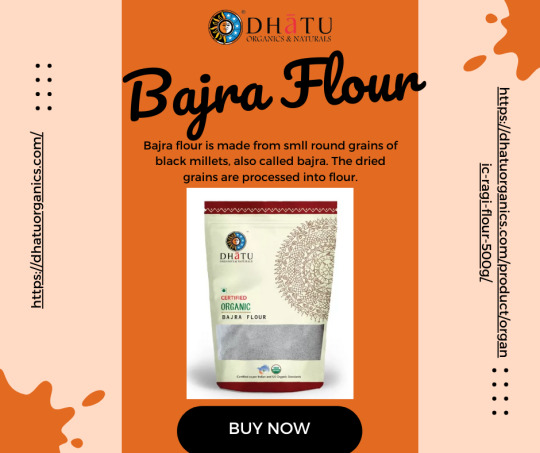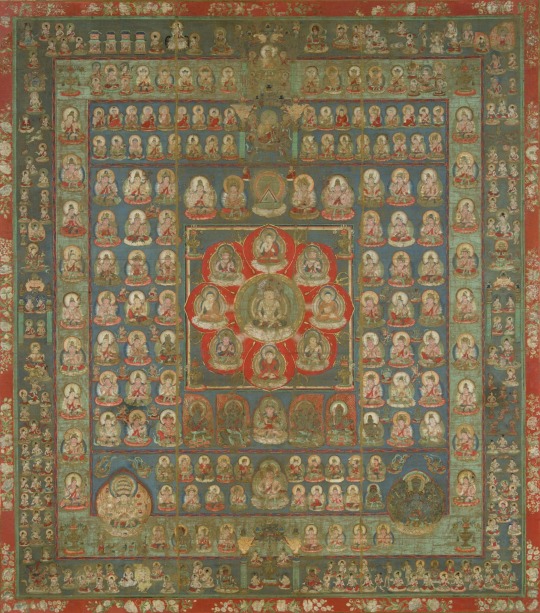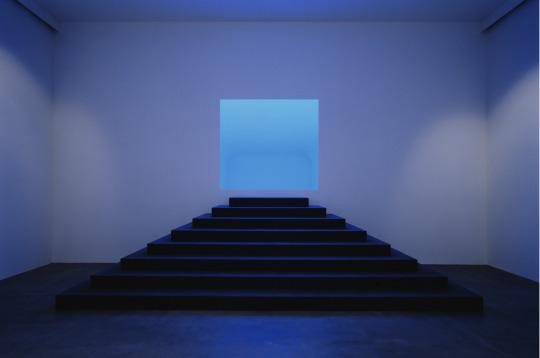#Dhatu
Explore tagged Tumblr posts
Text

Despite she is mean girl and tomboy, she look like feminine and Christianity.
Nayana Dhatu
2 notes
·
View notes
Text

Aerial photo of Buddha Dhatu Jadi, a Buddhist temple located in southeastern Bangladesh. This particular temple is well-known for its golden spire.
Photo by Azim Khan Ronnie, CC BY-SA 4.0
Wiki Loves Monuments 2023
#azim khan ronnie#photographer#wiki loves monuments#aerial photography#buddha dhatu jadi#buddhist temple#architecture#travel#bangladesh#golden spire
2 notes
·
View notes
Text

Bajra Flour
Bajra flour is made from small round grains of black millet, also called bajra. The dried grains are processed into flour.
#Bajra Flour#dhatu organics#millet flour#buckwheat flour#popped ragi flour#ragi dosa mix#ragi flour#barnyard millet#brown millet#ragi malt#foxtail millet
2 notes
·
View notes
Text
#Aatmanirbhar Bharat#Hindustan Aeronautics Limited#IAF Tejas Mk2#Indian Aerospace Industry#Indian Air Power#Indian Defence#Indian Defence Industry#Mishra Dhatu Nigam Limited MIDHANI
0 notes
Text
Dhatu Rog Ki Dawa ek Ayurvedic ilaj hai jo purusho ke dhatu rog aur semen loss se jude samasyaon ka samadhan karta hai. Isme natural ingredients hote hain jo aapki shakti aur overall health ko majbooti dete hain.
#dhatu rog ki dawa#ayurveda#ayurvedic#ayurvedic medicine#sushain#india#sushainclinic#ayurvedicdoctors#ayurvedic doctor near me#jiva#sushain clinic
0 notes
Text
Holi 2024: होली पर घर ले आएं ये शुभ चीजें, चारों ओर से बरसने लगेगा पैसाHoli 2024: रंगों के बिना होली का त्योहार अधूरा है. रंग हमारे जीवन को खुशहाल बनाते हैं और उन्हें आनंद और सकारात्मक ऊर्जा से भर देते हैं। होली के रंग जीवन को खुशियों से भर देते हैं और सौभाग्य लाते हैं।
#Holi 2024#auspicious things for house#holi significance#holi 2024 date and time#lucky things for house#dhatu ka kachua#pyramid#bamboo plant#money and prosperity#Dharm News in Hindi#Festivals News in Hindi#Festivals Hindi News
0 notes
Text
Unveiling the Secrets of Youthful Vitality: A Deep Dive into Rasayana Chikitsa
Embark on a journey of inner and outer transformation with Rasayana Chikitsa, the Ayurvedic science of rejuvenation. Learn its secrets, benefits, and how it can unlock a vibrant, youthful you.
Ah, the elusive quest for eternal youth. Humanity has long sought elixirs and rituals to defy the ageing process. But nestled within the ancient wisdom of Ayurveda lies a holistic approach that transcends mere physical rejuvenation – Rasayana Chikitsa. Meaning “the science of essence,” Rasayana Chikitsa delves deep into the very core of our being. It focuses on nourishing the Dhatus, the seven…

View On WordPress
#Anti-aging#Ayurveda#Covid19#Detoxification#Dhatus#Immunity#Meditation#Ojas#panchakarma#Rasayana#Yoga
0 notes
Text

Trio meanest girl in High School
- Zanitha Maharati
- Nayana Dhatu
- Endah Danum
They are rival of Cindy Nilo Evelyn
#cindy the cat pink#cindy the cat pink art#rivals#mean girls#oc#original character#zanitha maharati#nayana dhatu#endah danum
2 notes
·
View notes
Text
This natural creation has been clinically displayed to expand guys' testosterone levels, bulk, and resistance. This home grown medication treats normal and complex diseases by joining present day science with 5000-year-old Ayurvedic information. Ayurvedic Dhatu Paushtik churna is a valuable treatment for nighttime emanation and fundamental shortcoming and further develops sperm count.
0 notes
Text
Dhatu Rog, jo ke Hindi mein 'धातु रोग' ke naam se jaana jaata hai, ek aam samasya hai jo yauvan mein adhikansh purushon mein hoti hai. Yeh samasya jyadatar swapnadosh ya hastmaithun ke karan hoti hai. Dhatu Rog ke lakshan mein shamil hai virya ka avashoshan bina sambhog ke, thakan, kamjori, sir dard, peshab mein jalan, aur mansik tanav.
#Dhat Rog ka Ilaj in Hindi#dhat rog ka ilaj#dhat ki dawa#dhatu rog ka ilaj#dhatu rog ki dawa#dhatu rog ki ayurvedic dawa#dhatu rog ki medicine#dhat rog ke lakshan
0 notes
Text
Dhat Syndrome and Sexual Dysfunction: Understanding the Connection

Dhat Syndrome is a culture-bound syndrome that is predominantly found in South Asian countries. It is characterized by a belief that semen is being lost through urine or other means, leading to a range of physical and psychological symptoms.
One of the most common symptoms of Dhat Syndrome is sexual dysfunction, including erectile dysfunction, premature ejaculation, and loss of libido.
Understanding the connection between Dhat Syndrome and sexual dysfunction is essential to effectively treating individuals with the condition.
The Link Between Dhat Syndrome and Sexual Dysfunction
The link between Dhat Syndrome and sexual dysfunction is complex and multifactorial. While Dhat Syndrome is primarily a cultural belief, it can have a significant impact on an individual's sexual functioning.
The following are some factors that contribute to the connection between Dhat Syndrome and sexual dysfunction:
Psychological Distress: The anxiety and distress associated with Dhat Syndrome can lead to a range of psychological symptoms, including depression and anxiety, that can negatively impact sexual functioning.
Hypochondriasis: Individuals with Dhat Syndrome often have a preoccupation with their physical health, leading to a hypochondriacal attitude. This preoccupation can also extend to their sexual health, leading to sexual dysfunction.
Cultural Beliefs: The cultural beliefs surrounding Dhat Syndrome, including the belief that semen loss is responsible for a range of physical and psychological symptoms, can lead to sexual dysfunction due to anxiety and stress.
Physical Causes: While the psychological and cultural factors associated with Dhat Syndrome are the primary cause of sexual dysfunction, physical causes, such as hormonal imbalances, can also play a role.
Treatment Options for Dhat Syndrome and Sexual Dysfunction
Treating Dhat Syndrome and sexual dysfunction requires a comprehensive approach that addresses the psychological and cultural factors associated with the condition.
The following are some treatment options for Dhat Syndrome and sexual dysfunction:
Cognitive Behavioral Therapy (CBT): CBT can help individuals with Dhat Syndrome and sexual dysfunction manage their anxiety and stress, improving their overall sexual functioning.
Medication: Antidepressants and other medications can effectively manage the psychological symptoms associated with Dhat Syndrome and improve sexual functioning.
Psychoeducation: Educating individuals with Dhat Syndrome and their families about the condition and its impact on sexual functioning can help reduce anxiety and stress and improve sexual functioning. Consult a sexologist in Indore, for such circumstances a sexologist is the best person to take help.
Lifestyle Changes: Making lifestyle changes, such as improving diet and exercise, can improve physical health and sexual functioning.
Integrative Medicine: Integrative medicine, including traditional Ayurvedic and Unani therapies, can be effective in treating the physical symptoms associated with Dhat Syndrome and improving sexual functioning.
Conclusion
Dhat Syndrome and sexual dysfunction are closely linked, with the psychological and cultural factors associated with Dhat Syndrome having a significant impact on sexual functioning.
Effective treatment requires a comprehensive approach that addresses the psychological, cultural, and physical factors associated with the condition.
By improving our understanding of the connection between Dhat Syndrome and sexual dysfunction, we can provide better care for individuals with the condition and promote greater awareness of mental health and sexual health issues. Remember if the condition is more savior then looking for a dhat syndrome treatment in Indore can help you to overcome it faster.
0 notes
Text


THE HEART SUTRA* (Prajnaparamita)
Immense benefits and merit just by reading and contemplating
"Thus have I heard: Once the Blessed One was dwelling in Rajagriha at Vulture Peak mountain, together with a great gathering of the sangha of monks and a great gathering of the sangha of bodhisattvas. At that time the Blessed One entered the samadhi that expresses the dharma called
"profound illumination," and at the same time noble Avalokiteshvara, the bodhisattva mahasattva, while practicing the profound prajnaparamita, saw in this way: he saw the five skandhas to be empty of nature.
Then, through the power of the Buddha, venerable Shariputra said to noble Avalokiteshvara, the bodhisattva mahasattva, "How should a son or daughter of noble family train, who wishes to practice the profound prajnaparamita?"
Addressed in this way, noble Avalokiteshvara, the bodhisattva mahasattva, said to venerable Shariputra, "O Shariputra, a son or daughter of noble family who wishes to practice the profound prajnaparamita should see in this way: seeing the five skandhas to be empty of nature.
Form is emptiness; emptiness also is form. Emptiness is no other than form; form is no other than emptiness. In the same way, feeling, perception, formation, and consciousness are emptiness. Thus, Shariputra, all dharmas are emptiness. There are no characteristics.
There is no birth and no cessation. There is no impurity and no purity. There is no decrease and no increase.
Therefore, Shariputra, in emptiness, there is no form, no feeling, no perception, no formation, no consciousness; no eye, no ear, no nose, no tongue, no body, no mind; no appearance, no sound, no smell, no taste, no touch, no dharmas, no eye dhatu up to no mind dhatu, no dhatu of dha ot ignorance consciousnage and de no ino eater of
age and death; no suffering, no origin of suffering, no cessation of suffering, no path, no wisdom, no attainment, and no non-attainment. Therefore, Shariputra, since the bodhisattvas have no attainment, they abide by means of prajnaparamita.
Since there is no obscuration of mind, there is no fear. They transcend falsity and attain complete nirvana. All the buddhas of the three times, by means of prajnaparamita, fully awaken to unsurpassable, true, complete enlightenment. Therefore, the great mantra of prajnaparamita, the mantra of great insight, the unsurpassed mantra, the unequaled mantra, the mantra that calms all suffering, should be known as truth, since there is no deception.
The prajnaparamita mantra is said in this way:
OM GATE GATE PARAGATE PARASAMGATE
BODHI SVAHA
Thus, Shariputra, the bodhisattva mahasattva should train in the profound prajnaparamita.
Then the Blessed One arose from that samadhi and praised noble Avalokiteshvara, the bodhisattva mahasattva, saying, "Good, good, O son of noble family; thus it is, 0 son of noble family, thus it is. One should practice the profound prajnaparamita just as you have taught and all the tathagatas will rejoice." When the Blessed One had said this, venerable Shariputra and noble Avalokiteshvara, the bodhisattva mahasattva, that whole assembly and the world with its gods, humans, asuras, and gandharvas rejoiced and praised the words of the Blessed One."
#heart sutra#buddha#buddhist#buddhism#dharma#sangha#mahayana#zen#milarepa#tibetan buddhism#thich nhat hanh#amitaba buddha#Avalokiteshvara#Padmasambhava#Guru Rinpoche#buddha samantabhadra#manjushri#mahamudra#maha siddha saraha#Dzogchen#dzambala#dali lama#rainbow body#bodhidharma#vajrasattva#vajrapani#vipassana
8 notes
·
View notes
Text






SLUGS I I think my clothes r done but my brain wont let me go I loveithereitslikeameadowand i hate wen im of flats likenthe earth and overshareidontevenrealizethemfdiffwrende betwween sayign sowmhsit mabtmwmynsi and soem rebuakf ass shit qjd thsybdonf nwwe fhqr bjdhs bc 111111 Listen to -FAR&WIDE- PROD. WILOUGH by WILOUGH on #SoundCloud
https://soundcloud.com/dhatu/farwide-prod-wilough?ref=clipboard&p=a&c=0&si=161a01814ccd48e3a6bd854fe801b154&utm_source=clipboard&utm_medium=text&utm_campaign=social_sharing
2 notes
·
View notes
Text

Womb Realm (garbhakosa-dhatu or taizokai) mandala
Hanging scroll, colors on silk, Shingon tantric buddhist school, Heian period (794-1185), To-ji, Kyoto, Japan. Japanese National Treasure.
9th century
#mandala#hanging scroll#silk#painting#japan#japanese national treasure#japanese painting#Japanese mandala#9th century#heian era#heian period#japanese beauty#beautiful#art history#aesthetictumblr#tumblraesthetic#tumblrpic#japanese art#tumblrpictures#tumblr art#tumblrstyle#artists on tumblr#tumblrposts#aesthetic#japanese aesthetic#asian art
19 notes
·
View notes

